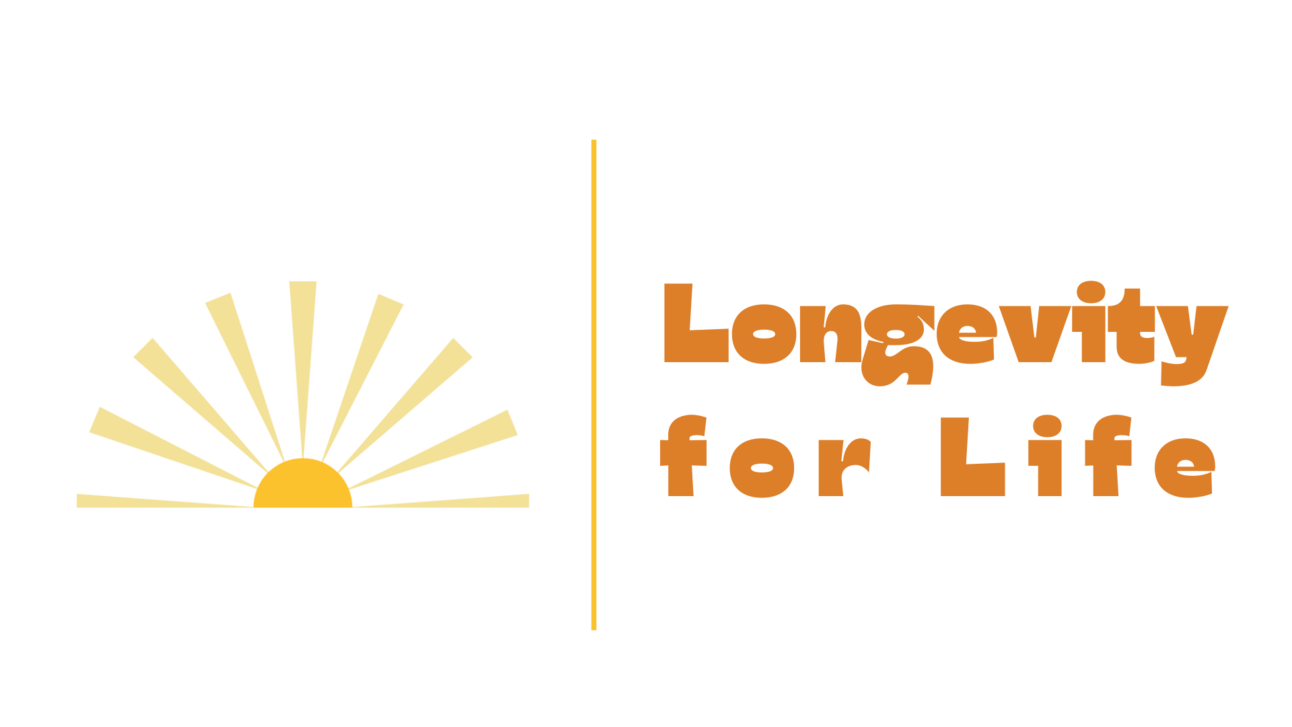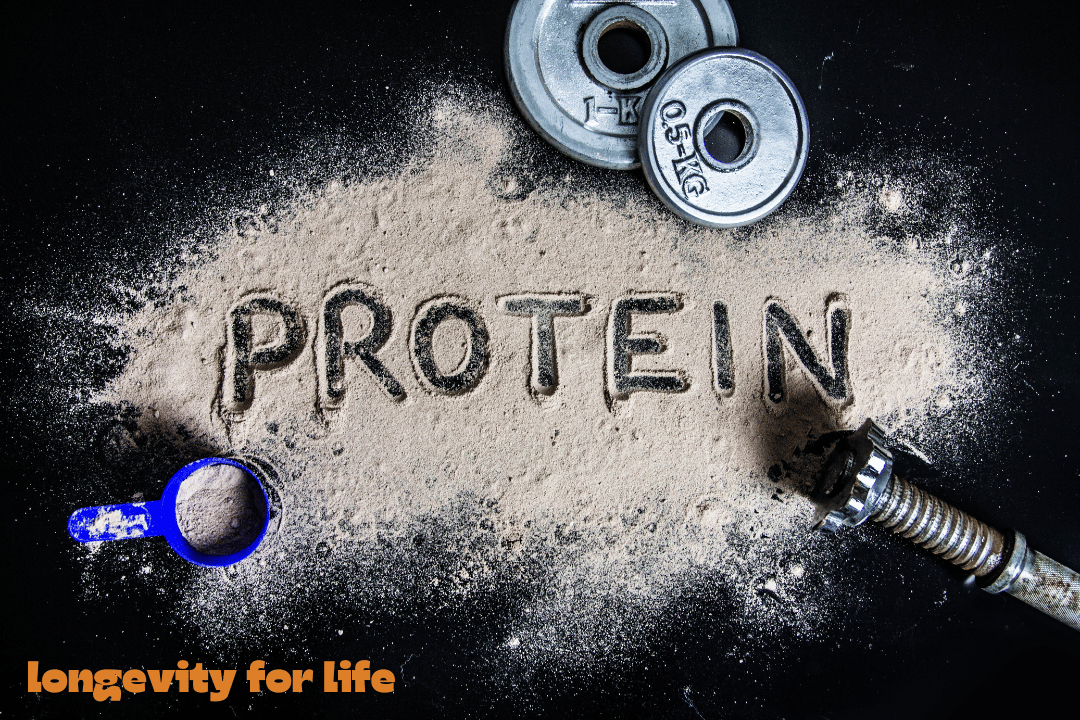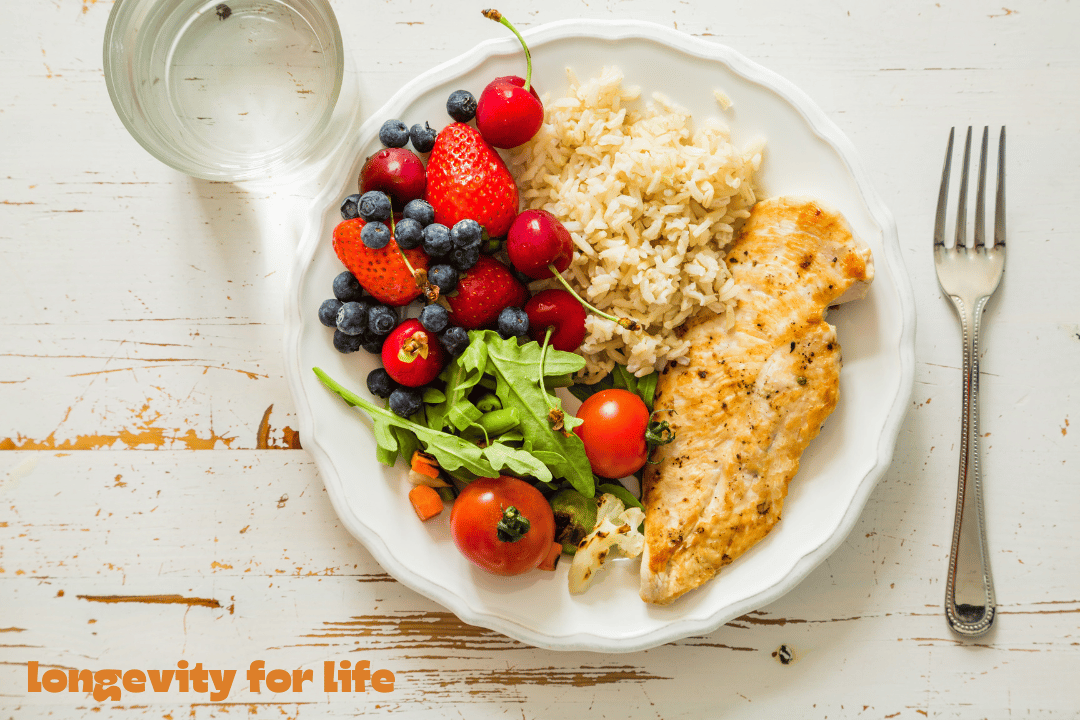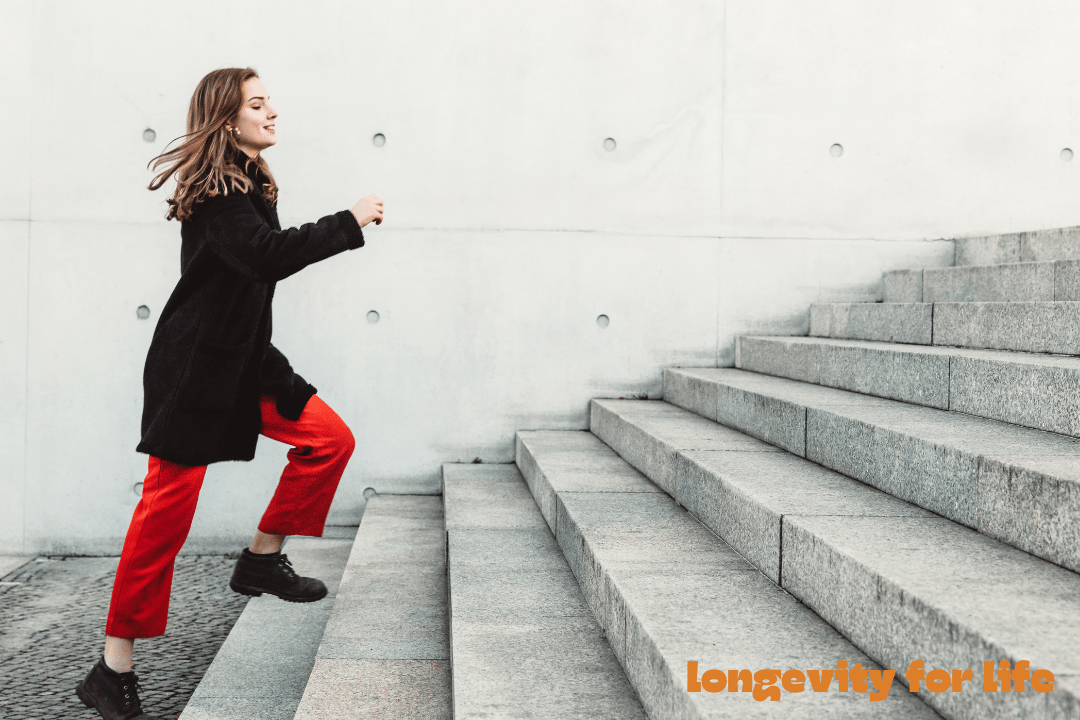
In today’s email:
• Protein Powerhouse: Unlock the secrets to maintaining muscle and strength with age.
• Personalized Plates: Discover how tailored nutrition could change the way we eat forever.
• Quick Moves, Big Gains: How everyday bursts of activity can protect your heart.
TOP STORY

Building Muscle, Building Health: The Power of Protein as We Age
Muscle mass and strength naturally decline with age, beginning as early as our 30s and accelerating by the time we reach 50. Without intervention, this process can lead to frailty, an increased risk of falls, and potentially life-altering injuries like hip fractures. But here’s the good news: a combination of resistance training and optimal protein intake can significantly slow, or even reverse, this trend.
Key Insights:
• The Decline with Age: By age 75, muscle strength declines at a rate of 4% annually, doubling the risk of mortality for those who suffer fragility fractures.
• Protein’s Role in Preservation: Research supports protein intake of 1.2 to 1.6 grams per kilogram of body weight per day for optimal health. For those engaged in resistance training, 1.6g/kg is ideal for building and maintaining lean muscle mass.
• Timing and Distribution: While it’s best to distribute protein evenly across meals, recent studies reveal the body can adapt to higher intakes in fewer sittings, so don’t stress about perfection.
Protein Quality Matters:
High-quality proteins—those rich in leucine, a critical amino acid—are most effective at stimulating muscle protein synthesis. Aging increases the threshold for leucine, but regular exercise enhances muscle sensitivity, keeping this process efficient.
Longevity and Controversies:
Some studies link high-protein diets to risks like cancer, but these associations often don’t account for lifestyle factors. Among healthy individuals, the evidence leans toward protein supporting longevity, especially when paired with regular physical activity.
The Takeaway:
Maintaining muscle mass isn’t just about aesthetics; it’s a cornerstone of healthy aging. Strength training paired with adequate protein intake not only preserves mobility but also promotes independence and a higher quality of life.
*Summarized from a briefing on the benefits of protein by Dr. Rhonda Patrick.
Tailored to You: The Future of Precision Nutrition

Imagine if your diet was designed specifically for your body, genetics, and lifestyle. That’s the goal of the Nutrition for Precision Health Study by the National Institutes of Health (NIH), a $170 million project exploring how personalized nutrition can revolutionize health.
What is Precision Nutrition?
Unlike traditional one-size-fits-all dietary guidelines, precision nutrition focuses on individual differences, from genetic predispositions to metabolic rates and even gut microbiomes.
How It Works:
• Participants live in test sites where every aspect of their diet, activity, and health is meticulously tracked.
• Wearable devices and AI tools analyze everything, including caloric intake, metabolic responses, and gut microbes.
• This data helps researchers determine how people with different characteristics respond to specific diets.
Early Findings:
• Genetic factors, like the bitter taste gene, influence food preferences and dietary success.
• Gut microbiome analysis, combined with AI, reveals how individual digestion affects nutrient absorption.
Why It Matters:
Tailored nutrition could lead to better health outcomes, making it easier for people to follow diets designed just for them. As one researcher put it, “If it’s tailored to me, I’m more likely to stick with it.”
The Big Picture:
This groundbreaking study, set to conclude in 2027, could redefine dietary recommendations, moving us closer to truly personalized health solutions.
Together with longevityfor.life

Want to live longer and feel stronger? The Life Extension Handbook from longevityfor.life is your ultimate guide to unlocking a healthier, longer life. Packed with actionable tips on boosting cardiovascular health, building muscle strength, optimizing nutrition, and mastering your sleep habits, this handbook gives you everything you need to thrive at any age. Whether you're looking to crush your fitness goals or simply feel your best, this guide has you covered. Grab your copy today and start your journey toward lifelong vitality!
Brief Bursts of Daily Movement Could Be a Game-Changer for Women's Heart Health

In a groundbreaking study that could reshape how we think about exercise, researchers have discovered that just a few minutes of vigorous daily movement - like rushing up stairs or power walking to catch a bus - could significantly reduce women's risk of serious heart problems. This finding is particularly encouraging for women who don't participate in regular exercise programs.
The research, conducted through the UK Biobank, tracked over 22,000 adults who wore wrist devices to monitor their daily activity. The study focused on what researchers call "vigorous intermittent lifestyle physical activity" (VILPA) - those short, intense bursts of movement that naturally occur during daily life.
The results were striking, especially for women. Those who accumulated just 3.4 minutes of these brief, vigorous movements throughout their day showed:
45% lower risk of major cardiac events
51% lower risk of heart attack
67% lower risk of heart failure
Even more remarkably, women who managed just 1.5 minutes of these activities daily saw significant benefits:
30% reduction in overall cardiac events
33% lower risk of heart attack
40% decrease in heart failure risk
What makes this study particularly valuable is its focus on natural, everyday movements rather than structured exercise. This is crucial for the many people who find it challenging to commit to regular workout routines. The research suggests that simple activities like rushing upstairs, carrying heavy groceries, or hurrying to catch public transport could provide meaningful heart health benefits.
Interestingly, while men also benefited from these brief activity bursts, the effects weren't as pronounced as they were for women. This suggests that women might be particularly responsive to this type of physical activity, possibly because these short bursts represent a higher relative intensity for women compared to men.
The implications are significant: we might need to rethink our approach to physical activity recommendations, especially for women who don't exercise regularly. Rather than focusing solely on structured workout sessions, healthcare providers might start encouraging patients to look for opportunities to incorporate these brief, vigorous movements into their daily routines.

This email was brought to you by Scott Ward
Was this email forwarded to you? Sign up here.
*Some links may contain affiliate and sponsorship associations to aid in newsletter support.
If you are loving the Beehiiv platform, try it out FREE for 30 days, plus 20% off your first 3 months
